Description
Publication date: 2017
Editorial: Beauty and Ugliness
Karim Basbous
Read moreArchitecture deals with beauty, yet their connection has become vaguer over time. So has aesthetics, in the traditional sense of the term, now become a marginal aspect of architecture? Nothing is less certain, because the concept of beauty can occupy the mind without being fully acknowledged. We wanted to shed new light on this question by exploring ugliness as well as beauty. The relationship between those two notions is far more complex than simple opposition, because what is not beautiful is not necessarily ugly. Each of these two concepts is part of our daily lives, and we feel we know whether something is beautiful or ugly without having to explain what we mean or what beauty and ugliness really are.
The notions are simultaneously simple and sophisticated, and have been used differently from one art to the next, contributing to an assessment of a given work. Yet we remain unaware of the knowledge, concepts, and principles we assume when using these adjectives, and of their relationship to style, taste, and ability to judge. They are related not so much to the objects themselves as to the eye we bring to those objects, an eye that constantly evolves—history is full of twists in which a given work falls from favor while another slowly wins public affection, as was notably the case with the Eiffel Tower and the Pompidou Center in Paris, which people have learned to love. Yet if we no longer find those buildings ugly, does that mean we think they’re beautiful? Maybe beauty and ugliness occasionally mingle, and we might wonder what role these criteria have on the critical assessment of architecture on all its levels, from tiny detail to total landscape via neighborhoods and cities.
Each of the two terms comes with a long history, itself entailing profound social and intellectual changes; in this issue we try to deal with both past and present assessments of beauty and ugliness—indeed, the two notions resist historical compartmentalization. Beauty, which for so long was a criterion of architectural quality, is no longer stressed by architects. My own contribution to this issue is devoted to “gravity,” one consequence of which might be architectural beauty. Understood in both senses of the term, gravity has been thought since antiquity to “impart meaning” to architectural form—can architecture rid itself of gravity without becoming mere merchandise subject to the vagaries of fashion?
Beauty has a history—the Renaissance was certainly the period during which it was most extensively theorized. Beauty was initially canonical, and was identified with “measure,” but Yves Hersant shows how another form of beauty emerged over the centuries: fleeting, fragile, hard-to-define “grace,” a subtle notion whose current relevance readers will appreciate. Meanwhile, from the fifteenth to the twentieth century the most eloquent expression of evolution in the concept of beauty in the West could be found in the human body. That is the subject of Georges Vigarello’s article, which examines changes in clothing and notions of the body as the stage for the presentation of self. This is the same body that inhabits architecture, the only art able to reconcile the useful and the beautiful, indeed the useful and the sublime, as discussed by Baldine Saint Girons in an article that studies the relationship between those two concepts—the density and profusion of her ideas open multiple paths of reflection. The oft-disputed question of the relationship between beauty and usefulness led to a “quarrel of moderns” during the interwar period, when Le Corbusier’s lyricism clashed with the “strict functionalism” of his detractors during the Mundaneum affair. Guillemette Morel Journel discusses that intellectual joust, which confirms the impossibility of “categorizing” Le Corbusier in a given school of thought or ideological family.
Debate of this type between architects is rare today. Overly swift judgment—formerly in the papers, now on screens—cannot detect major cultural developments. Only a slow intellectual maturation manages to incorporate new representations of beauty. Bruno Reichlin meditates on the function not only of time but also of knowledge and the role of “the self” in aesthetic judgments on modern art and architecture. We might wonder, for that matter, whether or not the current “strangeness” of certain projects should be considered a new form of beauty awaiting assimilation. That is the question raised by Bruno Marchand in his article on Valerio Olgiati; the structural curiosities of Olgiati’s buildings suggest the possibility of a new “aesthetic region” on the border between beauty and ugliness, between order and disorder. Marie-José Mondain’s contribution is also devoted to this dichotomy, but from the angle of philosophy, poetry, and movies, exploring an enigma expressed by the exclamation: “How beautiful!”
Some things escape the opposition between these two terms: ruins, for instance, which fascinate (consciously or not) our contemporary world. François-Frédéric Muller explores the multiple meanings of ruins through a piece of fiction that sheds light on the power of images today, in a narrative whose territory is form. Finally, in a magisterial analysis of the current state of architectural production, Franco Purini contrasts the dark side of the city (as largely depicted in movies and literature, whose power of fascination he demonstrates) to the sunny, progressive visions that “modern masters” promoted. Overcoming the contradiction between these two aspects of the city today calls for a needed if still-nonexistent culture of architecture and urban projects, something that Purini allows us to glimpse.
The Dom-ino structure is neither beautiful nor ugly; it simply sketched a space of liberty that Le Corbusier would explore throughout his career, reinventing an original relationship between structure and space with each of his projects for a residence. Olivier Gahinet reveals the vital thread running throughout them, and the way Le Corbusier viewed his own task of projecting. In light of this article, the “families” of projects identified by historians become “chapters” in a tale whose sequel remains to be written—or rather, drawn.
Translated from the French by Deke Dusinberre
Ruins Redux
François-Frédéric Muller
Read moreWith the advent of the taste for ruins, the imagination was inspired by antique objects. The bases of collapsed columns took the viewer several centuries back in time. The shivering beauty of stone corpses evoked a lost golden age that served as a model. Later, the Romantics maintained this ambivalent fascination with gutted monuments, less to nourish utopias than to play with the limits of beauty and ugliness. If a great deal of contemporary literature perpetuates this love for tamed ruins, the video game and movie industries saturate us with images of cities destroyed amidst end-of-the-world convulsions. The ruin is no longer an inert object but is produced before our eyes. It is no longer the ferment of a world to come but the constantly renewed spectacle of our end. With the nihilistic self-indulgence of the kidult, the image of the agonizing city has become a product. Rather than making a direct connection between this visual universe and contemporary production, this article seeks to understand what this new age of the ruin tells us about our experience of the postmodern city, how this constantly renewed vision of the end of History bestows on banally ugly buildings the strange beauty of the freak.
Gravity-Free Architecture
Karim Basbous
Read moreBeauty in architecture is a reward: it is achieved when a project seeks not to please, but allows itself to be invested with symbols that transcend it, that endow it with timeless meaning. In works by twentieth-century masters, architecture’s defining features involved a struggle between reason and mystery, imbuing the architectural act with a tragic dimension. The sagas of Wright, Le Corbusier, Kahn, and Aalto were composed of unexpected, full-fledged, sovereign works that disdained technical or practical causality as well as any facileness or compromise. They were the last ones to raise architectural projects to the status of a heroic act. That prestige has passed. Postmodernism put an end to it by deposing architectural projects and vulgarizing architectural taste (“vulgar” in the double senses of popular and coarse). Ever since, the vaunted ideal is outrageous license: unconstrained by traditional skills, collective memory, and struggles—or by any social responsibility or authority—most architectural projects have finally become absolutely, unconditionally lightweight. Comedy, has bested tragedy. Great sagas have been replaced by quips, and architecture’s initiatory pleasure has given way to trivial entertainment. Why and how has the ambition for universal comprehension been replaced by the complacency of global razzmatazz? Understanding this upheaval is necessary to envision what new system of values may emerge from the ruins of the old.
City of Good, City of Evil; City of Beauty, City of Ugliness
Franco Purini
Read moreArchitecture is an art of melioration: its goal is to make those who inhabit this earth ever freer and happier. That, we say, is why it should not indulge in expressions of unhappiness, of discomfort, of disorientation, of danger, of ugliness or of evil, but dedicate itself exclusively to welcoming, soothing and helping to create the beautiful and the good. But this is not the case. The language of architecture is involved with a complex of other languages within which, as in poetry, literature, art, cinema and theater, the negative is omnipresent. These languages constantly soil architecture: hence the dialectic of beauty and ugliness. Now, the sole object of this dialectic is the supremacy of the beautiful. From this point of view it is more interesting to understand how the notion of beauty, which for me is linked to an ideal of rationality as an unvarying form of the classic, is regularly required to counter its reversal, as if what is designated as a new beauty must fatally be the contrary of an obsolete beauty. In this sense, the Futurist category of the antigrazioso is a fundamental nodal point, as in its day was nineteenth-century Romantic poetry.
A Pile of Randomly collected garbage: the Most Beautiful Ordering of the World
Marie-José Mondzain
Read moreBeauty and ugliness do not define two contradictory régimes specific to the form of things or beings, but rather two systems of personal sensibility when faced with the apparition of these forms. So as not to be shipwrecked on the twin reefs of a normative distribution of values or a half-sceptical, half-scientific relativism, we might instead return to those confusing, contradictory intellectual territories in which Greek thought—especially that of Heraclitus, from whom the author borrows the title of this essay—sought to imagine together the formed and formless, Cosmos and Chaos. From that point on the systems of sensibility allow us to glimpse the ambivalences of force in which anguish lies cheek by jowl with pleasure, fascination with terror. This is not a question of celebrating complacent confusions but rather of allowing the emergence of a zone of indeterminacy that will impart a political stamp to the choice of forms and the use of words. In the freedom of the body’s movement, through the joy experienced in the presence of forms of whatever nature, one can legitimize a return to the language of beauty and ugliness.
Can the Useful be Sublime? – The Powers of Architecture and “The Minute of the Sublime”
Baldine Saint Girons
Read moreEven in 1746 Charles Batteux still refused to see architecture as one of the fine arts, classifying it instead alongside eloquence among the arts of convenience or the arts of usefulness. In other words, there was absolutely nothing self-evident about the inclusion of architecture in the new science that was going to become aesthetics. And it is therefore not surprising if, even today, architecture should oblige us to rethink aesthetics by calling into question the ideas of beauty and the sublime, of disinterested contemplation, of fictive space and aesthetic pleasure.
Beauty itself is strikingly ambivalent. An object of enthusiasm and love, it is also a source of disappointment because, when lacking the solidity of usefulness, it is simply a phenomenon of surfaces and deceit. If the links between architecture and beauty have been called into question to such an extent, could we credit the art of building with sublimity by adopting a third way between the assertion of an exacerbated functionalism and the apology for a sublime architecture excluding utility? In short, should we pursue to its limits the utilitarian reversal, conceived by Hegel as a “result” of the Enlightenment and advocate, under certain conditions a sublime of the useful which takes us back to the real, without lapsing into the abstraction of the unconstructible or the dangerousness of the disturbing?
From the Beautiful to the Graceful
Yves Hersant
Read moreAccording to the “classical” conception, as it was defended by many authors during the Renaissance, beauty depends on harmony, or the correct combination or arrangement of the parts: it is therefore a question of proportion. Others, not content with this quantitative approach, add (or counter it with) a qualitative element: the outcome is different theories of grace, including the one that considers something graceful when it appears to have been accomplished without effort. The debate gave rise to new notions, like that of sprezzatura, and a series of questions: do order and measure offer outward signs of grace or is grace alien to any sense of measure. Do grace and beauty complement one another or are they antagonistic? And in the case of architecture, on the basis of what criteria can we call a building graceful?
Transformations of Body and Beauty
Georges Vigarello
Read moreThe entirely classic and traditional quest for the body’s ideal proportions immediately evokes the almost “eternal” nature of criteria of physical beauty, which have apparently existed down through time. In contrast, the most casual observation of transformations in fashions and sensibilities down through history underscores changes in those criteria and their instability across time. Such changes are not debatable, nor are they negligible. Any interrogation of them, however, must bear primarily on their exact content. And it should also bear on their meaning, for example on their potential convergence with the culture and mentality of a given period. Furthermore the very materiality of the body also changes, not only in the quality of flesh tones, for example, or in height, or in health, but in the vision of its toughness and efficiency. A history of physical beauty can not be dissociated from a history of the very existence of the body and its most concrete aspects. This article on the transformation of bodies and beauty will raise such issues.
Beauty and Modernism – On a Controversy between “Modern” Architects
Guillemette Morel Journel
Read more“Beauty” as a category or criterion rarely takes front stage in today’s art and architectural scenes. And yet, there was a period in the history of architecture when an architect took possession of the term “beautiful” to make of it a key issue within the modernist movement, and risked his reputation as a modernist thereby. It was in 1929 that Le Corbusier confronted his detractors in the Neue Sachlichkeit (New Objectivity) movement—who had accused him of planning a purely academic project, in the form of a ziggurat, for the Geneva Mundaneum—by writing a long piece entitled “In Defense of Architecture.” One of its most notable catchphrases was, “The useful is not beautiful.”
By not being shy to confront head-on the rage of his companions, Le Corbusier affirms that the ideal of beauty transcends formalist and idealistic stances and, no matter what the style in which it is expressed, continues to harbor relevance at the very heart of the modernist project.
Mistrust the Beautiful
Bruno Reichlin
Read moreThe notions of beauty and ugliness run up against an epistemological obstacle: they suggest that fundamentally we deal with “things” whose qualities we assess. The aesthetic dimension is a relational property and not a property of the object in question, while the aesthetic relation is intentional and specific from the point of view that it can be distinguished from other representational activities. Indeed, there are no such things as aesthetic objects, only an aesthetic conduct that permeates all objects.
There is no longer any separation between “sensible understanding”, the prerogative of inspired individuals who act on instinct, and the “cognitive understanding” that is the fate of hard-working intellectuals.
In short, it is held that a work proposes and the observer disposes: he understands and appreciates on the basis of his culture, abilities and hermeneutic creativity—because, as Berthold Brecht used to say, the comprehension of a work of art is also a form of work. For those who enter the realm of art, like others enter the realm of religion, the question of the beautiful does not even arise, the beautiful is always right; while for the general public, may the beautiful and art dictate.
Jean Dubuffet wrote in May 1968 (well, well!) in his selection of essays published as Asphyxiante culture: “Beauty descends directly from the singing of angels, from the burning bush, whose enduring dogma Professor Chastel, wearing a starry gown and ringed by his servants, reveals at the Sorbonne (with a ferule)”. Beauty vs. science?
Strangeness: The Border between Beauty and Ugliness
Bruno Marchand
Read more“In order to like something, you idiots, you have to have seen and heard it for a long time!”[1] This comment, made by Francis Picabia in 1920, was printed in capital letters on a sign worn by André Breton, who became a sandwich man for the occasion. It raised the issue of the role played by familiarity in the appreciation of an artwork. Can this assertion be linked to ideas of beauty and ugliness?
We tend to consider a work as beautiful or ugly depending on our degree of familiarity with its image or—from another angle, and in the realm of architecture—whether its formal and stylistic features conform to the normal, shared codes. In other words, whether the beholder perceives the laws of harmony and proportion, what Le Corbusier called the “comforting truths.”
But the question of familiarity also leads us toward notions of strangeness and toward objects that appear, precisely, as unfamiliar—objects whose uniqueness triggers unusual, original impressions, objects that might be located on the borderline between the beautiful and the ugly.
This article strives to establish theoretical links between these notions, notably through an analysis of recent work by Swiss architect Valerio Olgiati, in particular the Weber Auditorium Plantahof, built in 2010 in Landquart, near Chur.
[1] André Breton, at the 1920 Dada festival. Photo published in Laurent Le Bon (ed.), Dada (Paris: Editions Centre Pompidou, 2005), pp. 8 and 770.
Taking a good look
Olivier Gahinet
Read moreIn 1886, in Beyond Good and Evil, Nietzsche wrote, “It is too bad! Always the old story! When a man has finished building his house, he finds that he has learnt unawares something which he ought absolutely to have known before he began to build. The eternal, fatal ‘Too late!’ The melancholia of everything completed!”
Architects, however, anticipate. That is their job—they project. Which is what Charles-Édouard Jeanneret (born one year after the publication of Nietzsche’s text) did in 1914 when he invented a system of concrete frameworks that would facilitate the mass production of inexpensive housing. This system, which he dubbed Dom-ino, would be published in 1930 in the first volume of his complete works, Œuvre complète. The man who became known as Le Corbusier wrote that the system waited fifteen years until it was finally applied in his proposal for so-called Loucheur housing (1929).
In fact, the outline of the Dom-ino framework—the drawing that opens the first volume of Œuvre complète—would receive great critical attention from architectural historians. For every subsequent purist design it represented what “ought absolutely be known before beginning to build,” to paraphrase Nietzsche. As discussed her, while purist projects explored the issues raised by Dom-ino, they went far beyond its basic framework. It took Le Corbusier a long time to explore it fully, and only after the Second World War, with Villa Shodhan, would he manage to go beyond it by literally rising above it. In the meantime, Le Corbusier demonstrated how an architect can take a good look at his own projects and, above all, see them.

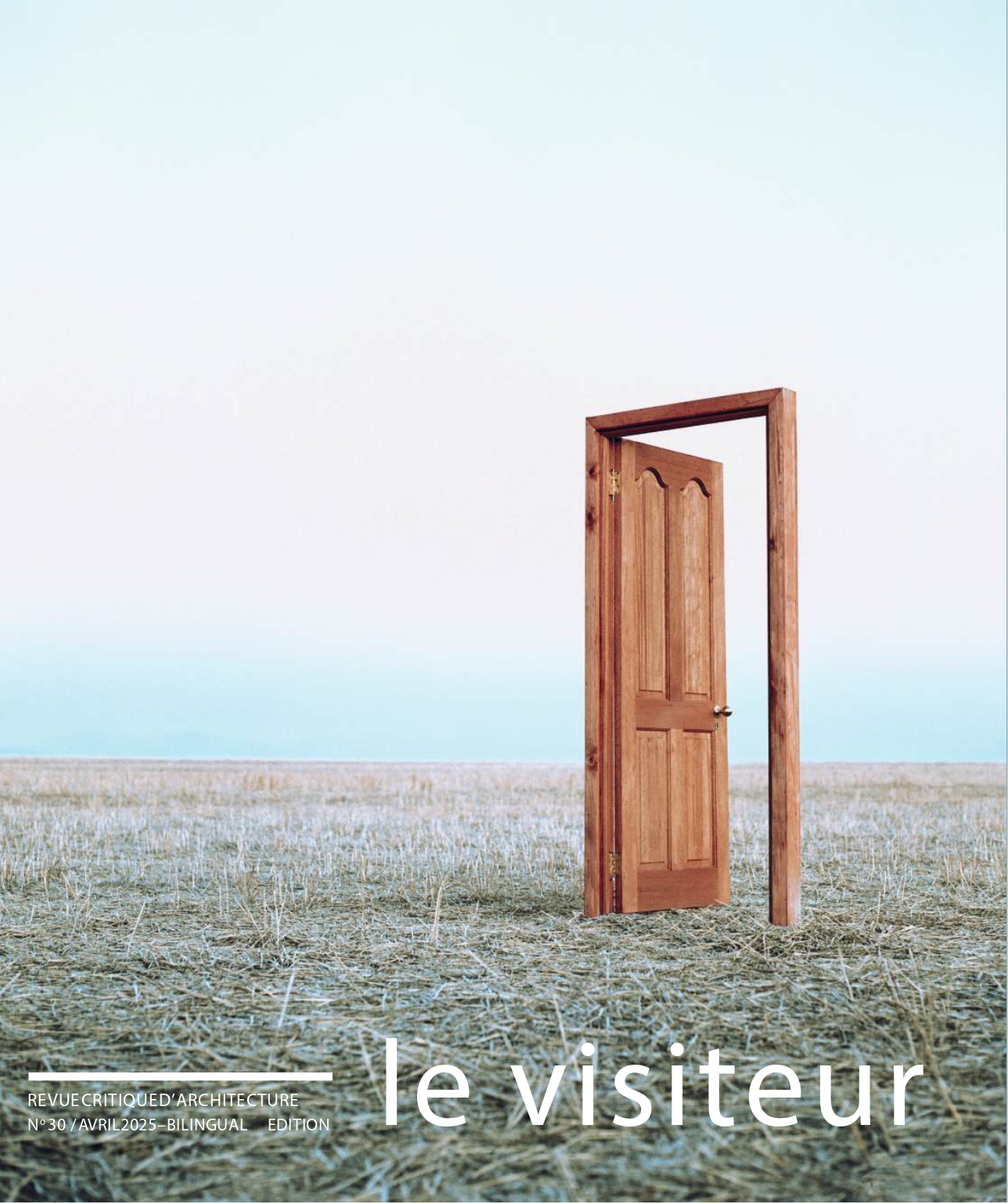
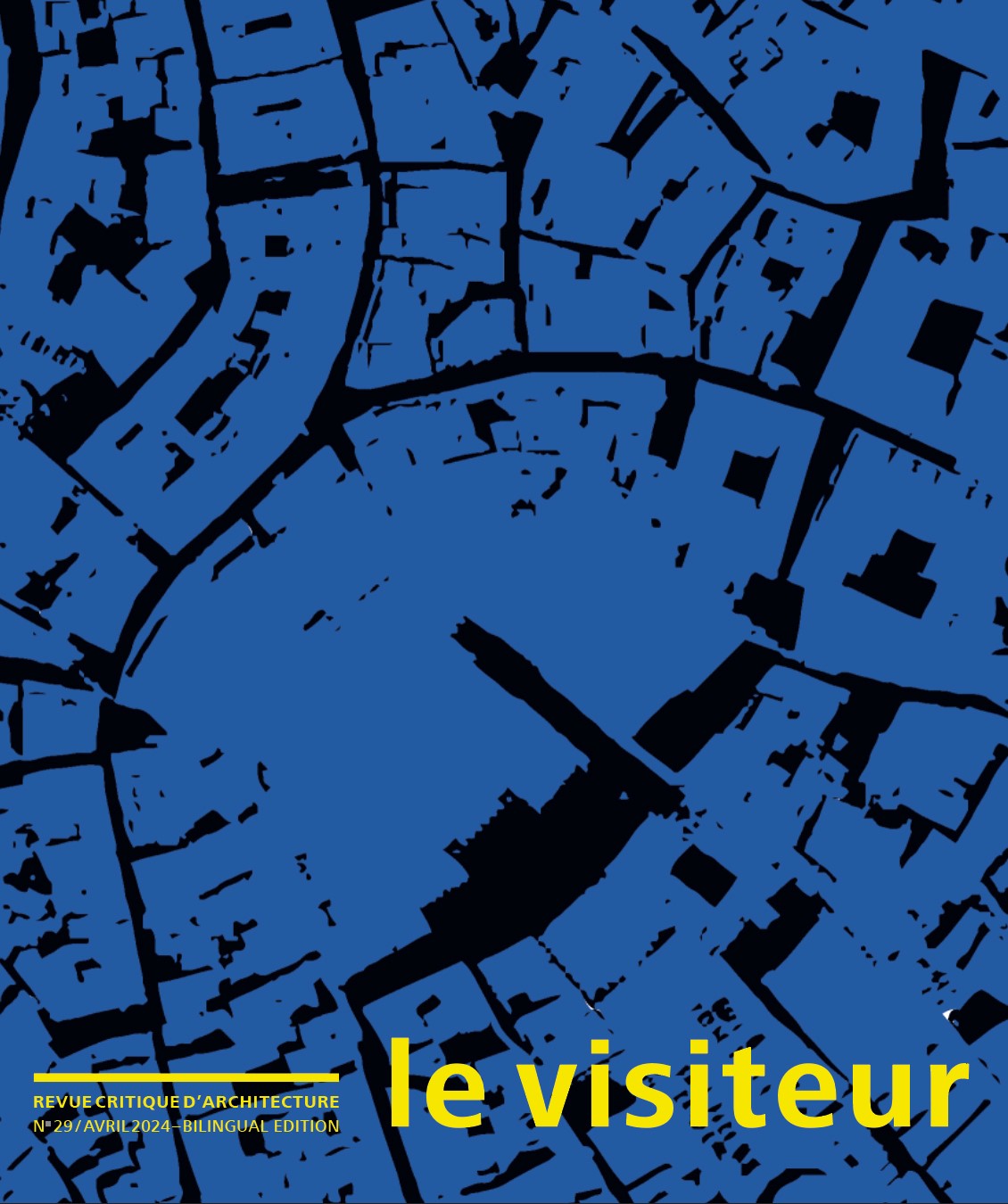
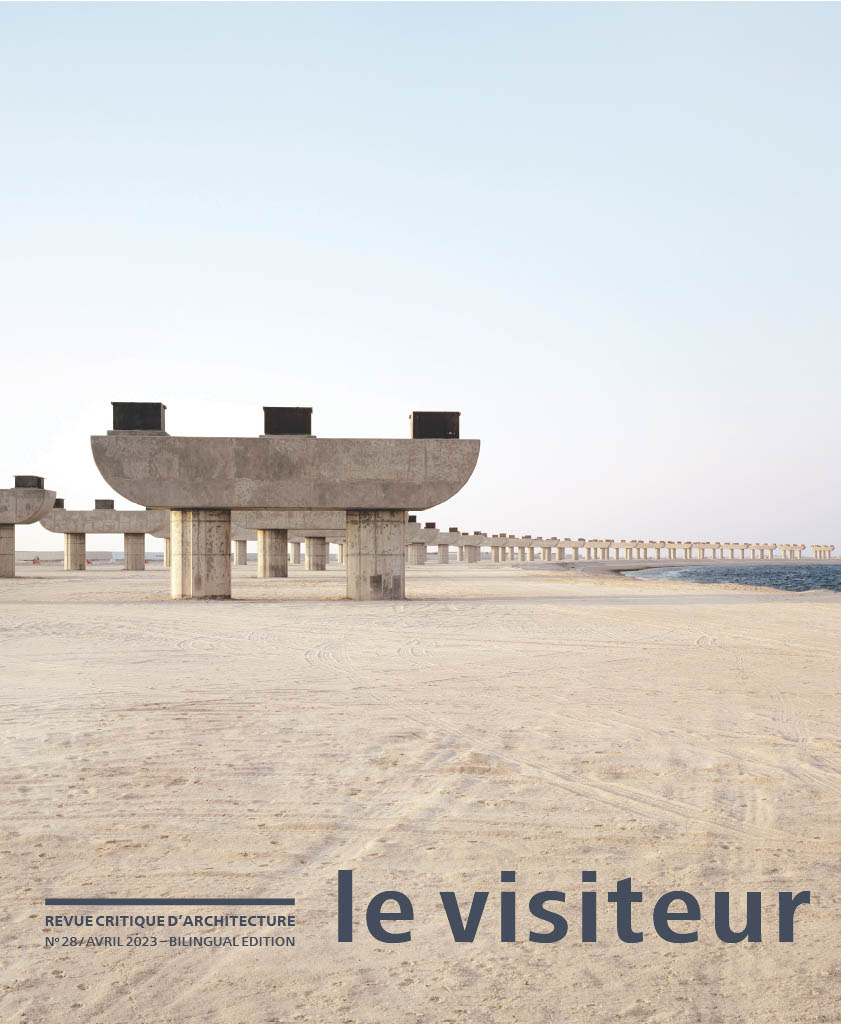
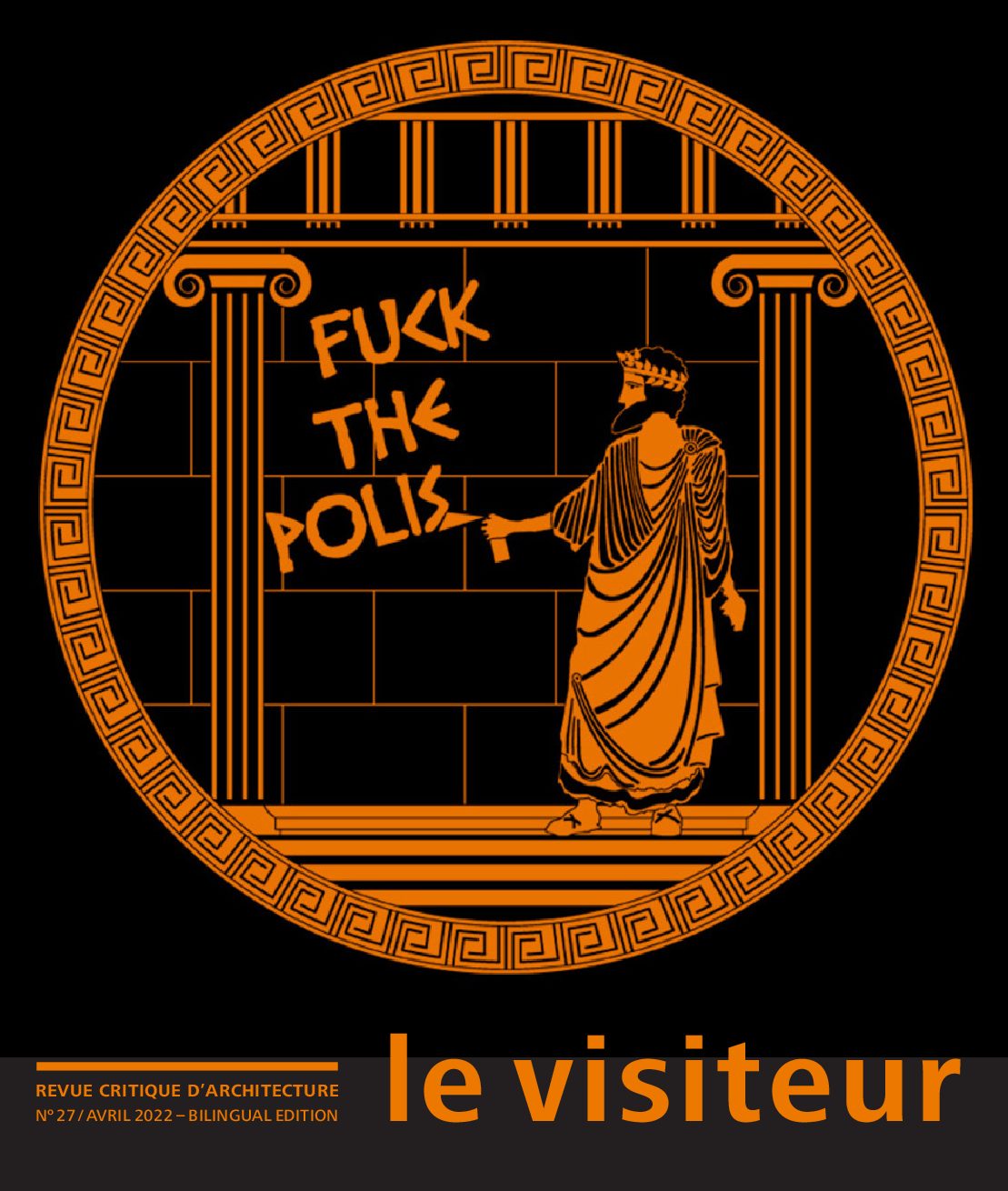
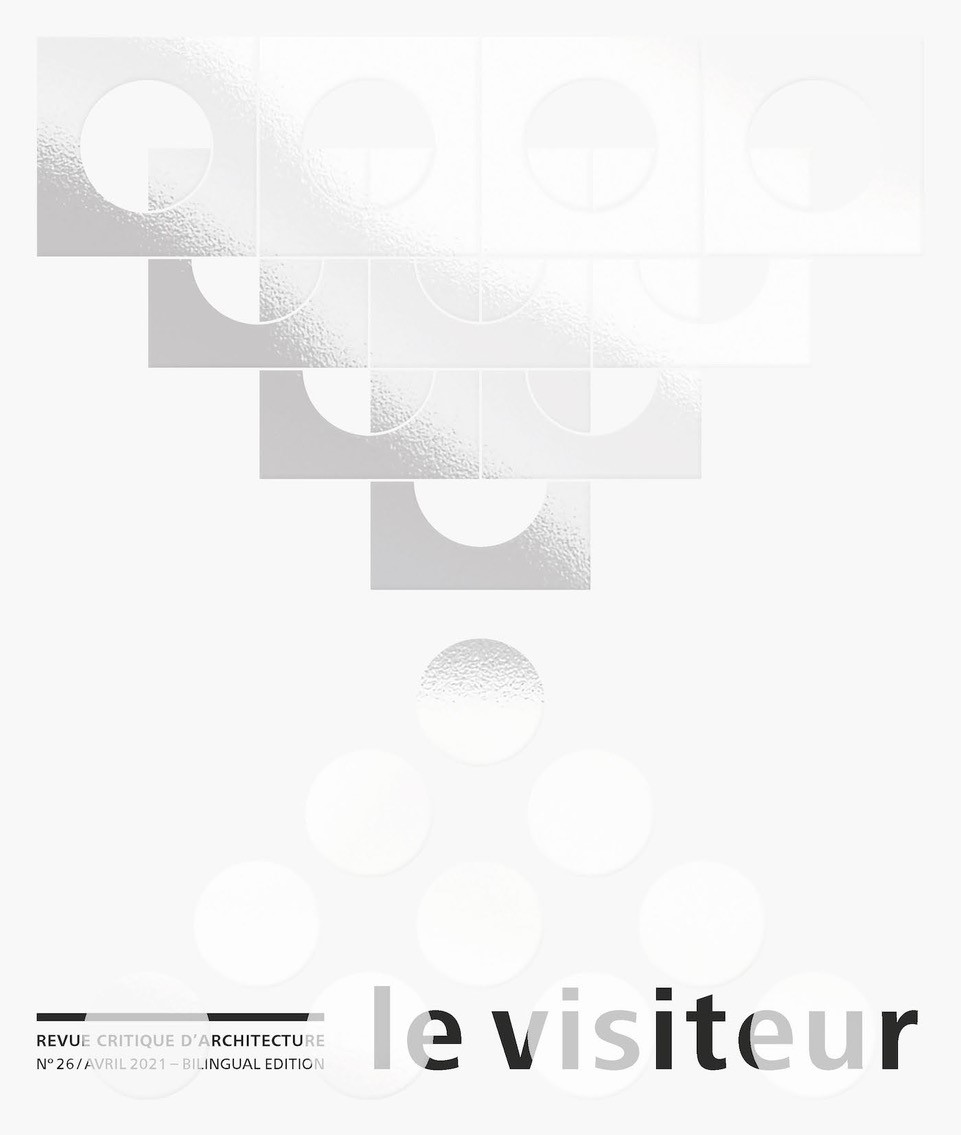
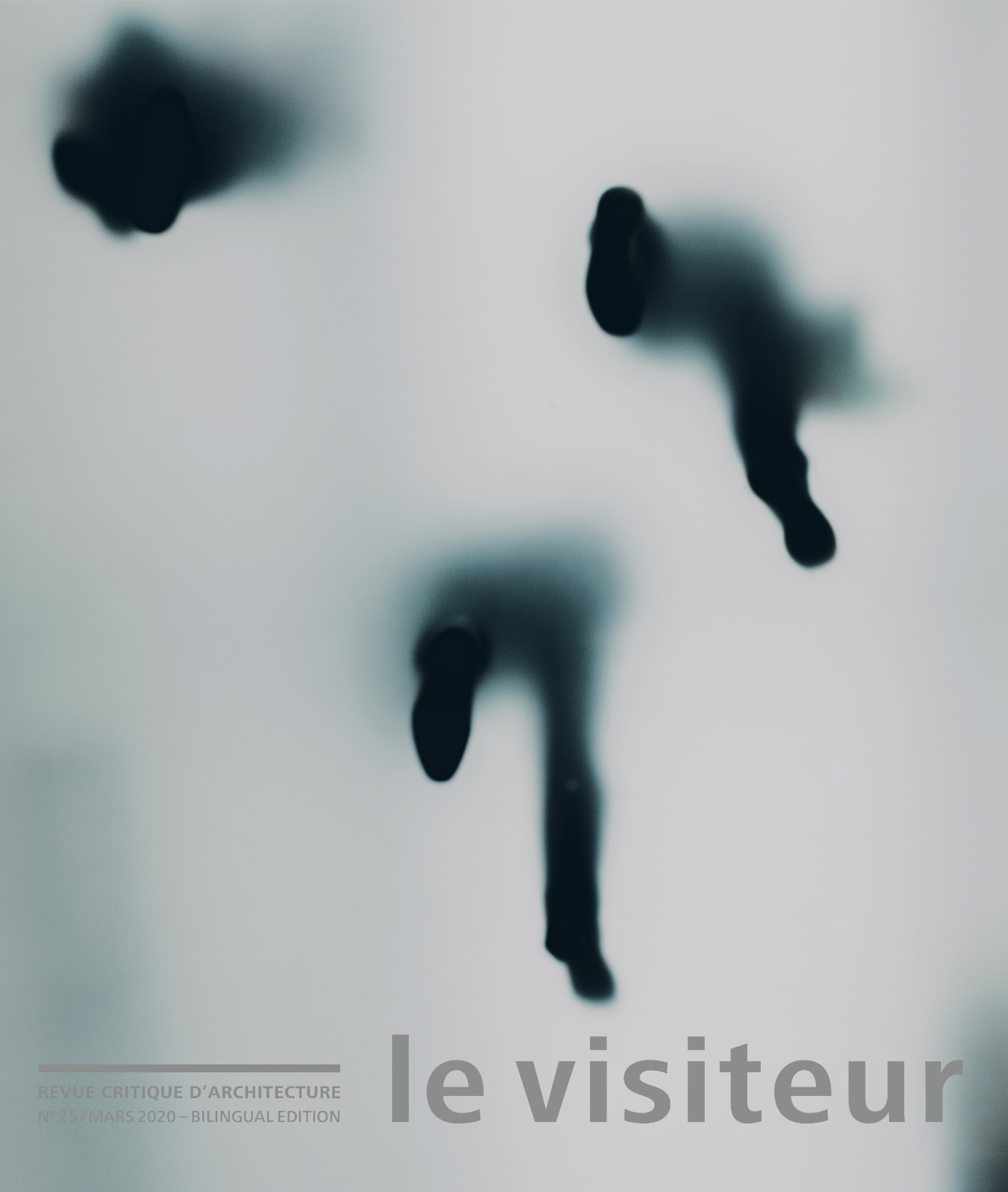


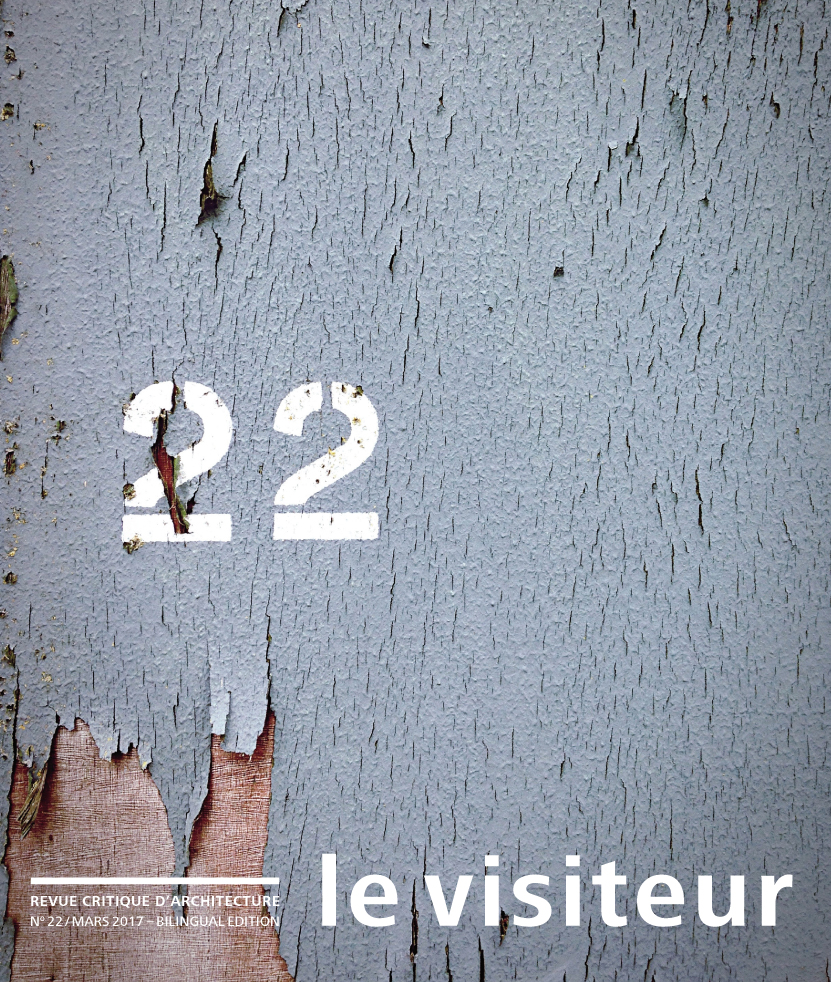

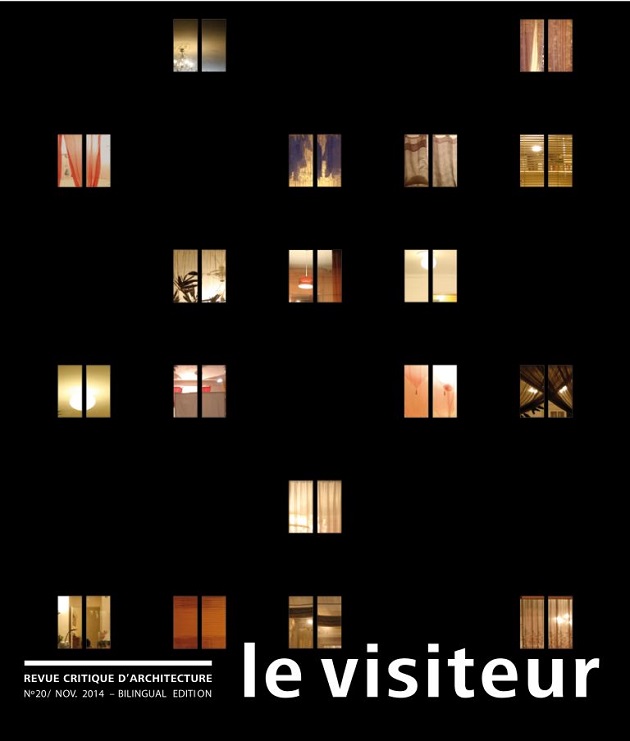
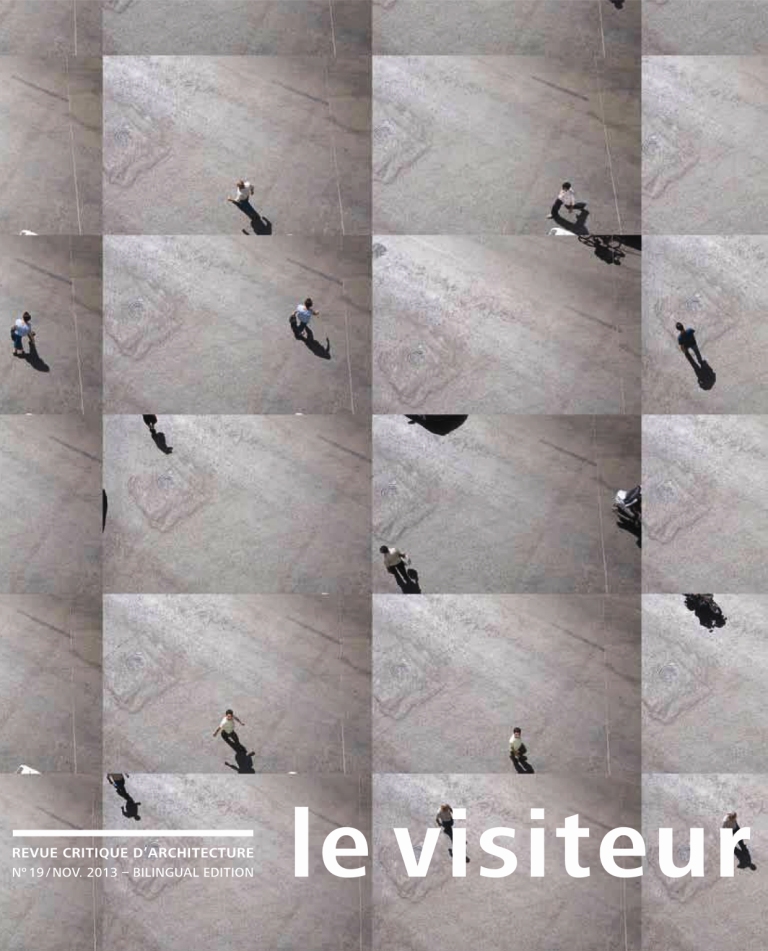

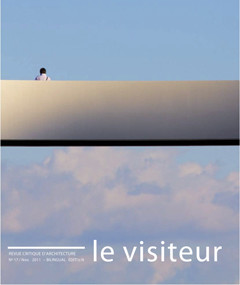

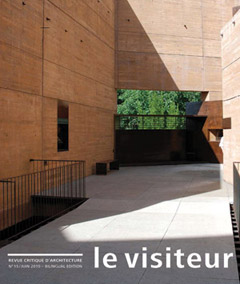
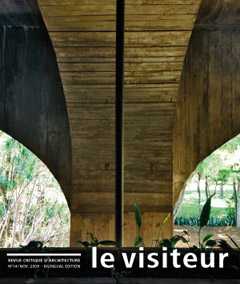
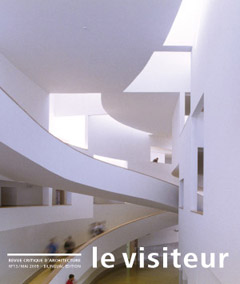
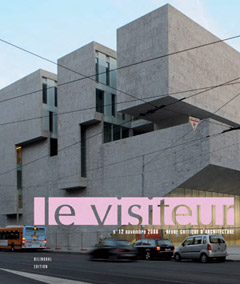


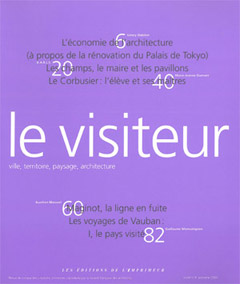
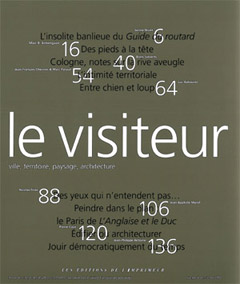







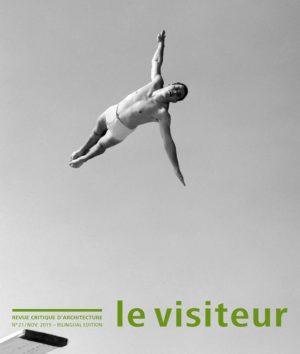

Reviews
There are no reviews yet.